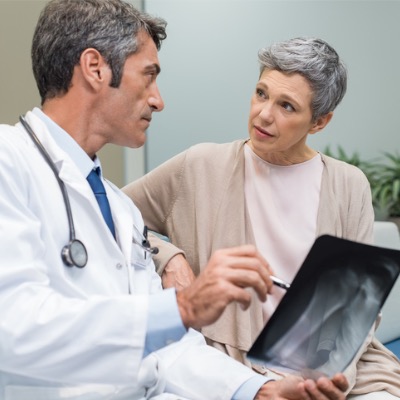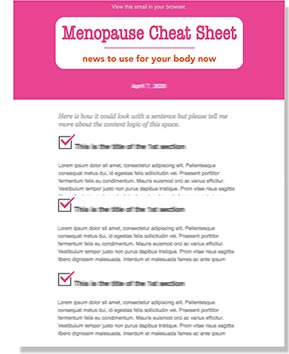I started running shortly before turning 50 as a way to combat the loss of density that was inevitably happening to my bones as I went through menopause and lost estrogen. Based on my first bone density test, which I had around age 50, I was in the “low 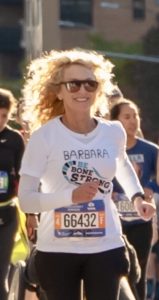
There were two options laid out for me: keep doing what I was doing and face osteoporosis; or, harness a few simple habits — like exercise, strength-training, and eating calcium rich foods — and stop the bone loss in its tracks.
Guess which path I took?
So, now running is a regular healthy habit, and sure enough, at age 64, my bones are strong and will take me where I want to go, hopefully for the rest of my life.
We often take our bones for granted, focusing instead on the health of our hearts and brains. I totally get that but here’s some good news: what’s good for your brain, is good for your heart, is good for your 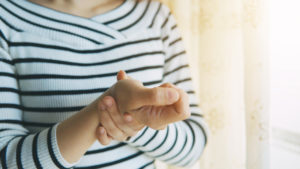
In an effort to get you to focus on your bones, too, here are a few key facts from the National Osteoporosis Foundation — where I serve as a trustee and Bone Health Ambassador — about our bones that just might convince you that they deserve our attention each and every day:
- We continuously lose old bone and form new bone throughout our lives.
- Osteoporosis happens when you lose too much bone, make too little new bone, or both.
- Half of all women and one in four men over 50 will break a bone due to osteoporosis.
- Women lose up to 20 percent of their bone density during the 5 to 7 post-menopause years.
- If either parent (or both) broke bones as an adult, you may be at risk for osteoporosis.
- We can’t feel our bones getting weaker or thinner, and most people don’t know they have the disease until they break a bone.
- Even though osteoporosis is responsible for over two million broken bones a year, nearly 84 percent of older Americans who break a bone are not tested or treated for osteoporosis.
- The cost of osteoporosis-related bone breaks to patients, their families and the healthcare system was almost $54 billion in 2018, and will hit $95 billion a year by 2040.
- You need to get enough calcium and vitamin D every day to keep bones healthy.
- Jumping Jacks, push-ups, running and other weight-baring exercises are a great way to achieve peak bone mass early in life, and keep bones dense later in life!
One of my greatest goals, now that I’m 64, is to stay independent and mobile for the long haul. 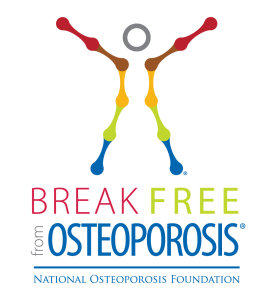

Falling can be a life-changing event, which is why I practice healthy habits to keep my bones strong and dense, and also focus on preventing falls. And remember this: it’s never too late to embrace these important habits.
As a way to celebrate National Osteoporosis Month, please join me and think about taking your first small step towards a better future by giving a little thought to your hard-working bones . . . right now.
Check out www.nof.org regularly for up-to-the-minute news on osteoporosis prevention and treatment.


